PTEN
Mitochondria mediate effects of PTEN mutations
Whole-genome sequencing data — which include information about mitochondrial DNA — offer clues to why mutations in the same gene can lead to autism or cancer.
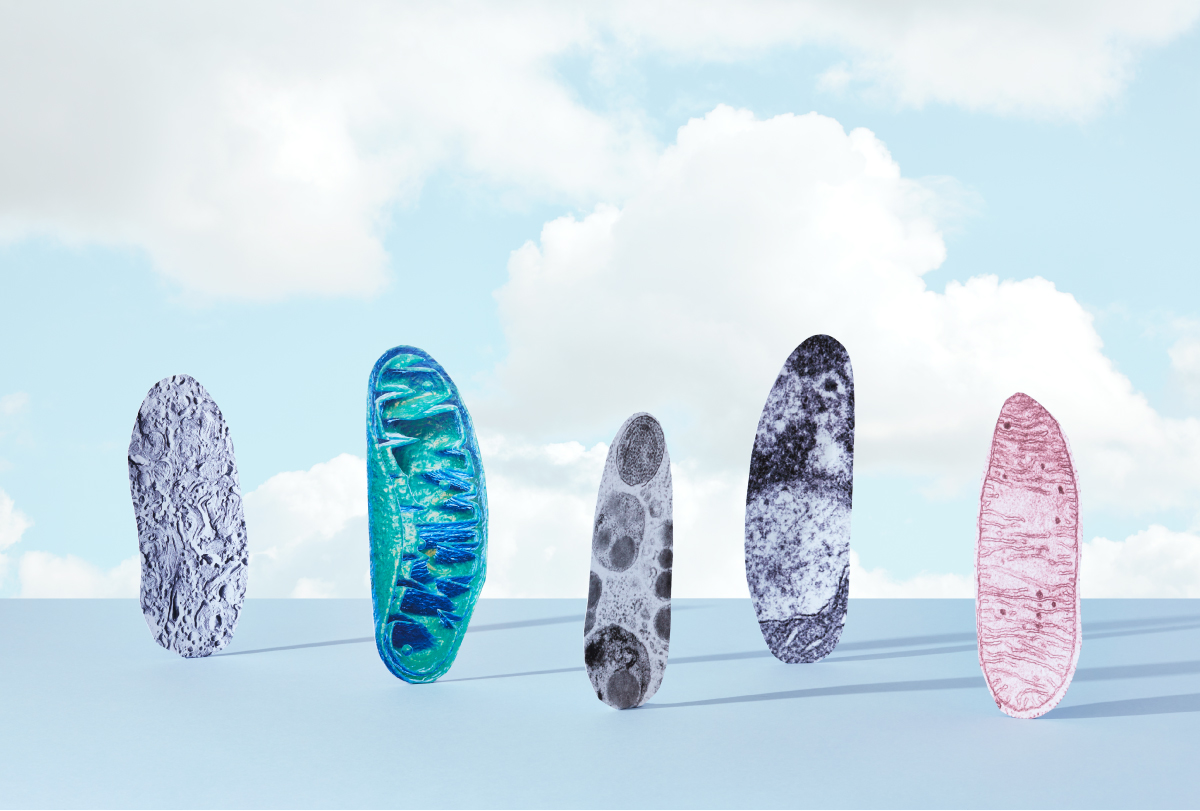
Mitochondria mediate effects of PTEN mutations
Whole-genome sequencing data — which include information about mitochondrial DNA — offer clues to why mutations in the same gene can lead to autism or cancer.
Genetic background sways effects of autism-linked mutation
Experiments offer clues to why certain mutations are associated with autism in some people and not others.
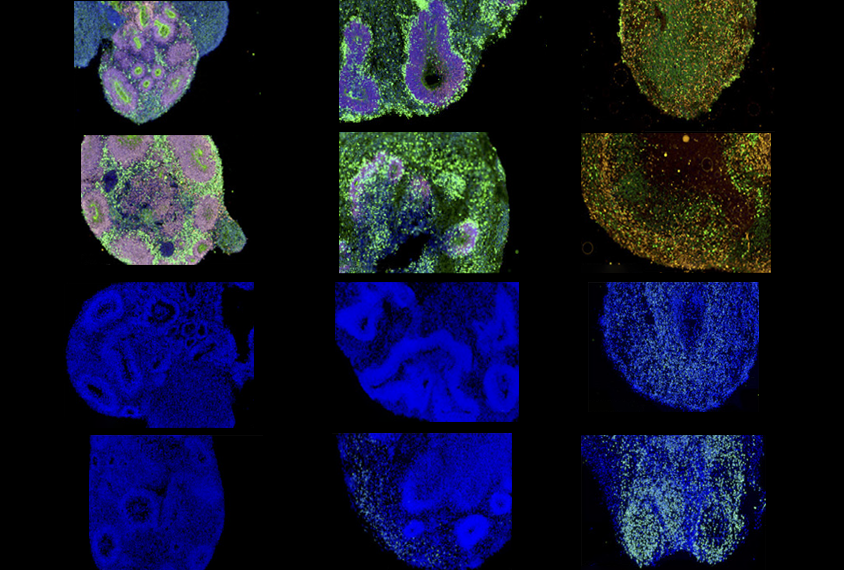
Genetic background sways effects of autism-linked mutation
Experiments offer clues to why certain mutations are associated with autism in some people and not others.
Fishing for protein partners nets clues to autism
Connections between 13 autism-linked proteins and their binding partners in excitatory neurons implicate a new molecular pathway.
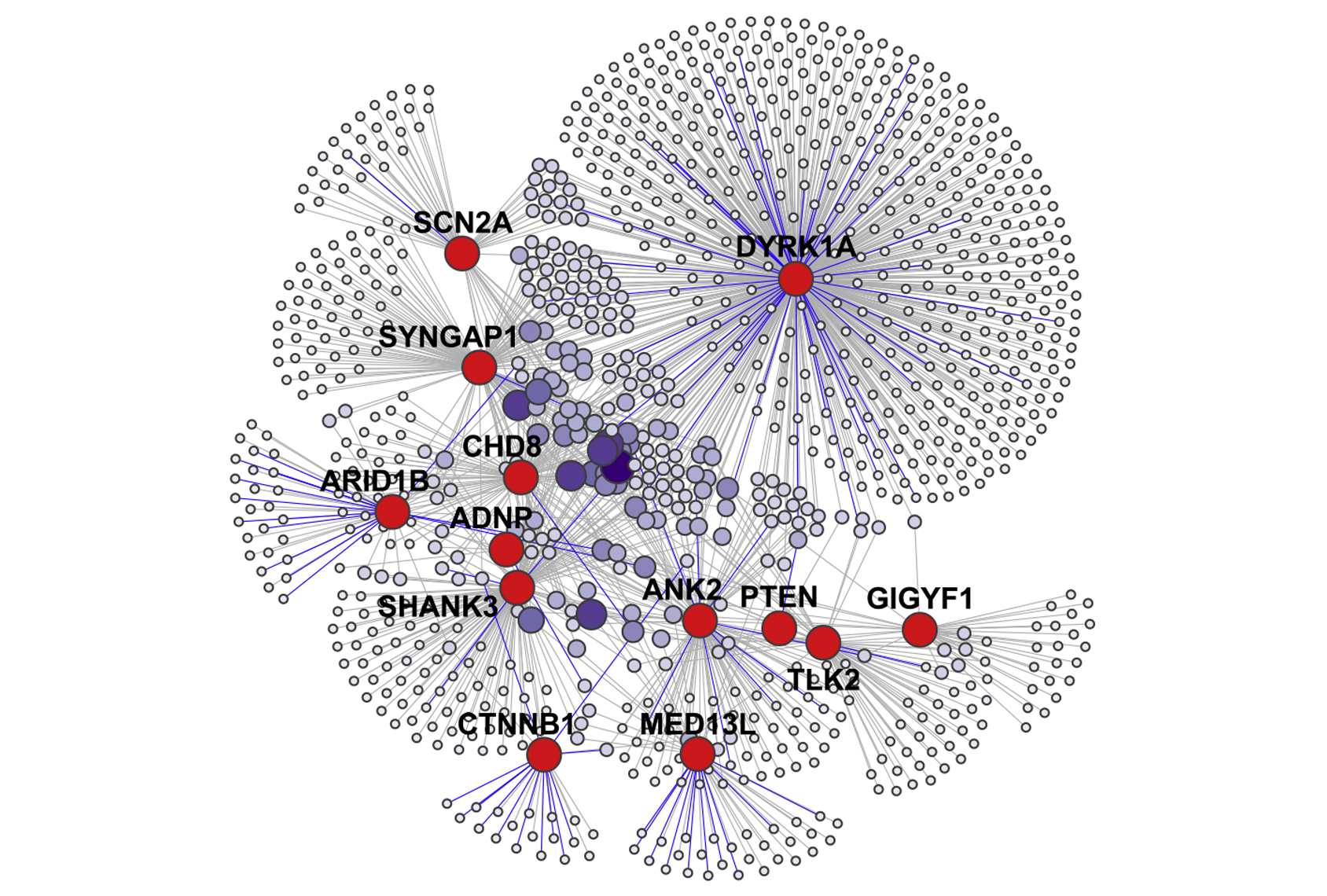
Fishing for protein partners nets clues to autism
Connections between 13 autism-linked proteins and their binding partners in excitatory neurons implicate a new molecular pathway.
Two-drug combo blunts autism-linked pathway in brain
One drug blocks mTOR signaling, and the other stops the blocker from acting anywhere in the body but the brain, lowering the potential for side effects.
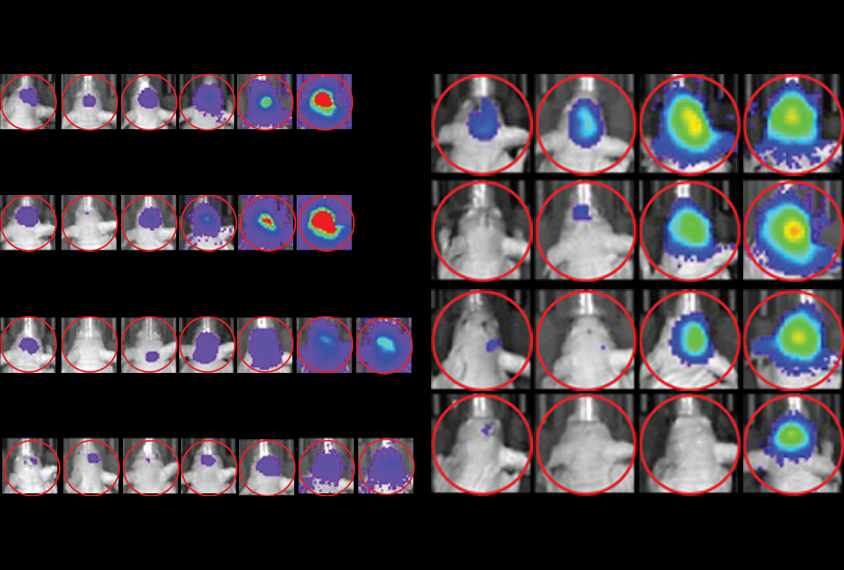
Two-drug combo blunts autism-linked pathway in brain
One drug blocks mTOR signaling, and the other stops the blocker from acting anywhere in the body but the brain, lowering the potential for side effects.
New diagnostic code for PTEN syndrome may spur research
The code may help scientists identify people with the autism-linked condition and recruit them into clinical trials.

New diagnostic code for PTEN syndrome may spur research
The code may help scientists identify people with the autism-linked condition and recruit them into clinical trials.
The cloudy connection between fragile X and cancer
People with the autism-linked syndrome lack a protein implicated in several cancers, but it’s unclear whether — or how — they are protected from malignancies.
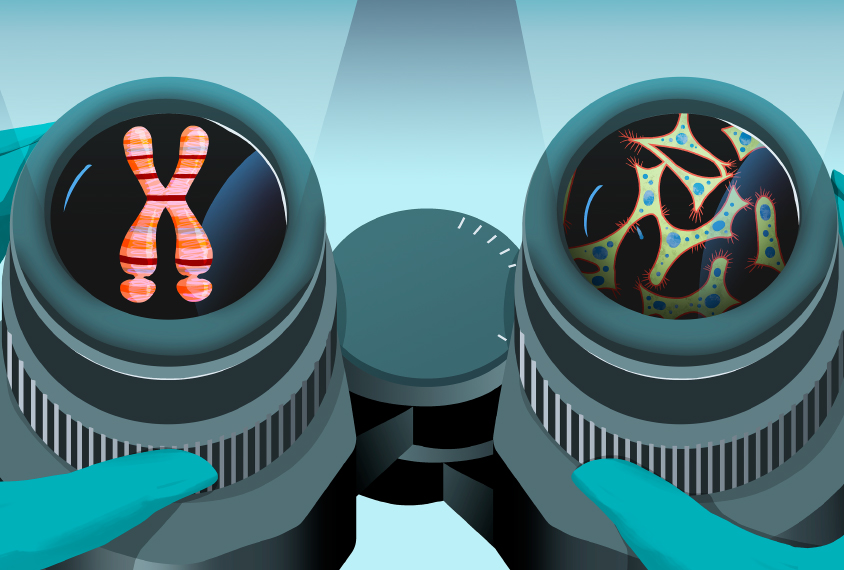
The cloudy connection between fragile X and cancer
People with the autism-linked syndrome lack a protein implicated in several cancers, but it’s unclear whether — or how — they are protected from malignancies.
Meet the ‘mitomaniacs’ who say mitochondria matter in autism
Clues that problems with mitochondria contribute to autism have been accumulating for decades. In the past five years, a mutant mouse and a flurry of findings have energized the field.
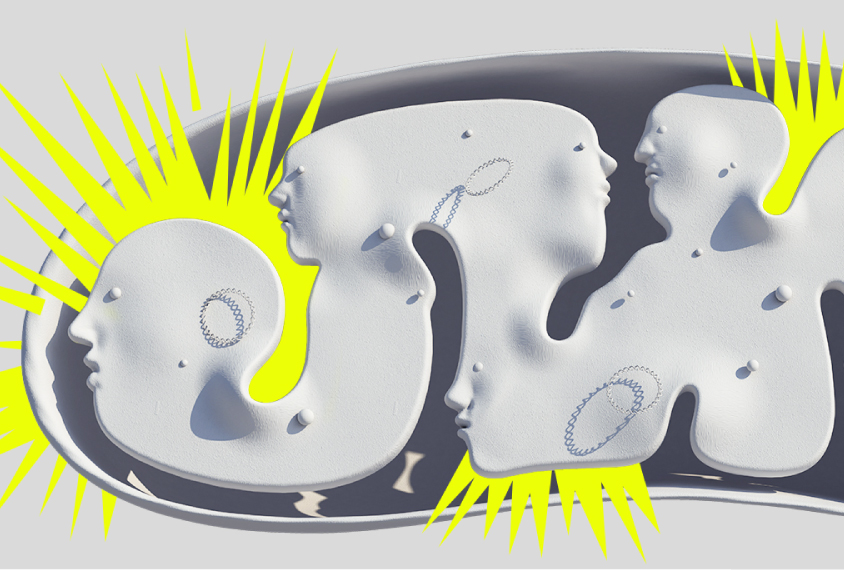
Meet the ‘mitomaniacs’ who say mitochondria matter in autism
Clues that problems with mitochondria contribute to autism have been accumulating for decades. In the past five years, a mutant mouse and a flurry of findings have energized the field.
Null and Noteworthy: Null rejection, repetitive behaviors, unsuccessful treatments
In this edition of Null and Noteworthy, tests of intranasal oxytocin and an Angelman syndrome treatment fail to see results.
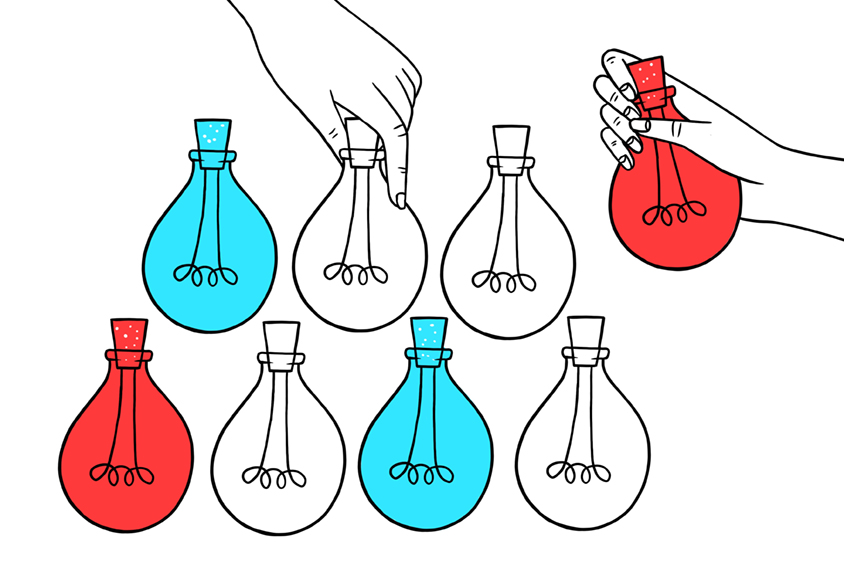
Null and Noteworthy: Null rejection, repetitive behaviors, unsuccessful treatments
In this edition of Null and Noteworthy, tests of intranasal oxytocin and an Angelman syndrome treatment fail to see results.
What studying worms, flies and fish says about autism
Researchers are increasingly turning to simple animals to learn about autism biology and find leads for new drugs.
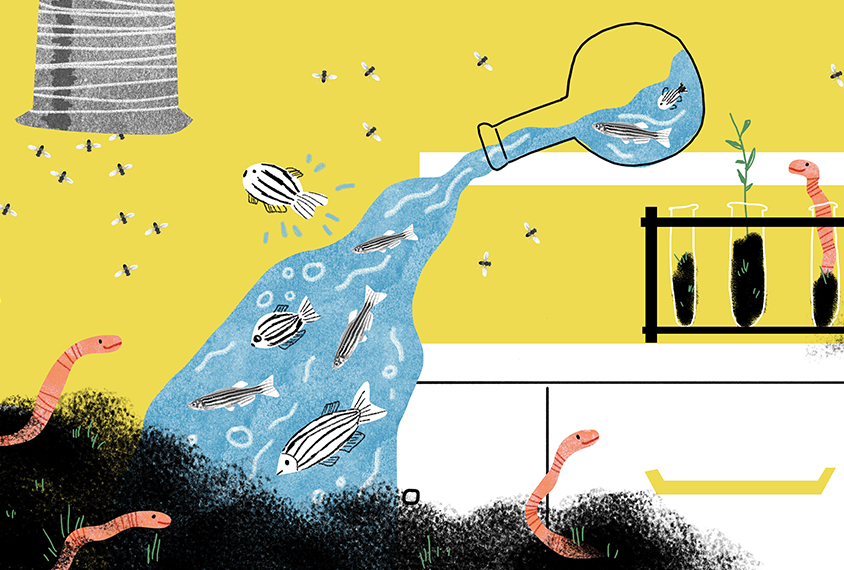
What studying worms, flies and fish says about autism
Researchers are increasingly turning to simple animals to learn about autism biology and find leads for new drugs.
Beyond the bench: A conversation with Holly Stessman
When Holly Stessman isn’t probing autism genes, she is tending to her flock of chickens or seeking out the next great sci-fi movie.

Beyond the bench: A conversation with Holly Stessman
When Holly Stessman isn’t probing autism genes, she is tending to her flock of chickens or seeking out the next great sci-fi movie.
Explore more from The Transmitter
New connectomes fly beyond the brain
Researchers are mapping the neurons in Drosophila’s ventral nerve cord, where the central nervous system meets the rest of the body.

New connectomes fly beyond the brain
Researchers are mapping the neurons in Drosophila’s ventral nerve cord, where the central nervous system meets the rest of the body.
Building an autism research registry: Q&A with Tony Charman
A purpose-built database of participants who have shared genomic and behavioral data could give clinical trials a boost, Charman says.

Building an autism research registry: Q&A with Tony Charman
A purpose-built database of participants who have shared genomic and behavioral data could give clinical trials a boost, Charman says.
Cerebellar circuit may convert expected pain relief into real thing
The newly identified circuit taps into the brain’s opioid system to provide a top-down form of pain relief.

Cerebellar circuit may convert expected pain relief into real thing
The newly identified circuit taps into the brain’s opioid system to provide a top-down form of pain relief.